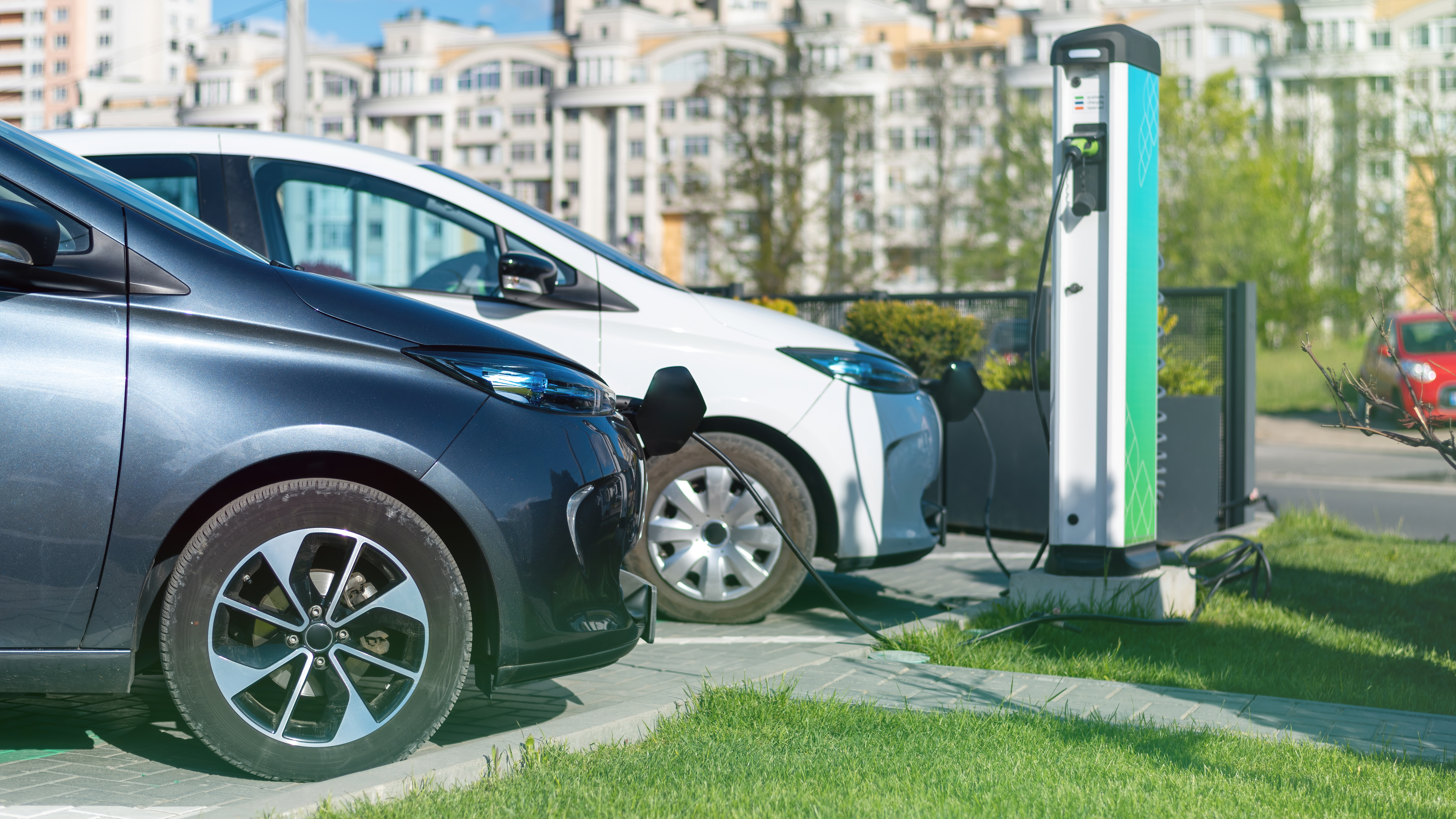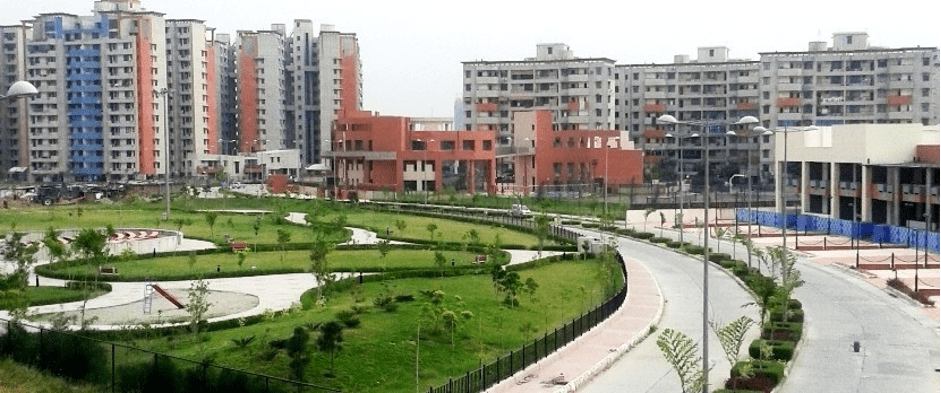Installing EV Charging Stations in Housing Societies: Challenges and Solutions

- Jan 28 2022
- by GCI Desk
When Roshan John, a Bengaluru-based IT engineer, brought home an electric scooter in June this year, he ran into an unforeseen problem: the residents welfare association (RWA) in his housing society would not allow installation of an EV charging point at his parking bay. John has to take his scooter a kilometre away from home to charge it. Yes, this is a story of several EV owners today and in the past, but slowly and steadily the society is preparing itself to accept that EVs are going to be a big part of their life sooner or later.
The government in a push to encourage citizens to move towards electric vehicles has introduced several lucrative schemes such as State governments and DISCOMs are offering subsidies and seamless connections for residential EV charging. For instance, the Delhi government offers up to Rs.6,000 subsidy per charger for the first 30,000 chargers installed, and this includes residential chargers. Also, in Delhi, installation costs for chargers are borne by DISCOMs who subsequently recover the costs through electricity bills.
This has driven more and more people towards choosing electric vehicles. If we look at the statistics a report published by a consulting firm RBSA Advisors, India’s EVM market is expected to grow at a compounded annual growth rate (CAGR) of 90 percent in this decade to touch $150 billion by 2030. The report estimates that India needs about 400,000 charging stations to meet the requirement for two million EV that could potentially ply on its roads by 2026.
Therefore, it makes sense to prepare our infrastructure to accommodate needs of the future EV owners. Not only do we need to make changes in the public spaces but also the residential ones. The housing societies need to make changes in their infrastructure in order to provide better facilities to the EV owners like for instance, installing the EV charging stations in the parking lot. Several housing societies have already taken the steps in this direction. Co-founder of Kazam, AkshayShekhar, said that the company has already tied up with partnerships in Bengaluru, Gurgaon and Pune and the residents are also willing to convert 10% of their parking space into an EV charging station. The company has invested about Rs 5 crore in the expansion project.
Listed below are common challenges that the EV owners and housing societies are facing today and something which we need to find solutions for:
1) Lack of designated parking – Since some residents do not own any designated parking it is difficult for them to install an electric charging point.
2) Lack of interest from other housing society members. – Since many people still own the non-electric cars they often do not show any interest in making these changes in the housing societies. They often do not prioritize it and make no changes in their housing society.
3) Capital investment – The cost of installing an EV charging station at the multistory building could be much higher than a standalone house. Several factors need to be considered before making such an investment.
4) Shared public charging- The housing society will have to fund the common public charging facility. Since very few people own it, they may not be interested in funding the same through maintenance charges.
5) Allocation of limited power supply –Several housing societies still face the issue of power and do not have that kind of surplus
6) Perceived threat from the use of electricity – Along with the above there are several safety concerns in the mind of the residents with regards to the use of the electric vehicle charging stations.
7) Coordinating with multi stakeholders – Several parties need to be involved when it comes to installation of electric charging stations within the housing societies. Right from the builders, vendors, housing society members, etc. all need to be taken into confidence before implementing a step like this. This is often not as smooth as it seems
8) Owner-tenant model – Often people who own the house do not live in it. Therefore, if there are tenants who own an electric vehicle it becomes even more difficult for them to negotiate with the RWAs and get a charging station. Also in a contrasting situation when the housing societies want to make changes in the society, the tenants are not ready to pay for the same as they may not want to invest into something they cannot carry with themselves. So both ways it creates a roadblock.
9) Unstandardized charger connecting points – In India the automobile companies have been manufacturing cars with any charger connection point of their choice. This also creates a problem in deciding what kind of charger to install and increases the cost if different charging connection types are to be installed.
It is therefore important to take into account the above mentioned issues and come up with relevant solutions.
Solutions
1. Public private partnership – There needs to be a certain amount of public private partnership in order to achieve the target of 400,000 charging stations by 2026. For instance, if we look at China which has the most extensive network for EV charging in the world, both private and public sectors are playing a huge role in making this possible. The vehicle to charger ratio in China has increased to 3:1, and in some cities it is almost 1:1.
2. Standardize the charger type: In order for India to be able to achieve this it will require to standardize requirements instead of letting automobile companies to choose from numerous chargertypes as per their preference. This will also help the residential societies to construct an EV charging stations with standard charger connectors.
3. Initiatives by real estate businesses: There are several real estate companies today which are taking into consideration setting up EV charging stations at the new housing societies. Government’s push along with people’s changing attitude towards the environment has led to this change. Recently, the Kolhapur Municipal Corporation became the first civic body to offer 2% off on property tax to individuals and 3% to housing societies, for setting up charging stations in the societies as per the Maharashtra government’s electric vehicle. The same thing needs to be followed in other states as well.
4. Making housing societies understand the long term benefit of installing EVM charging stations in the societies: Providing EVM charging stations would attract a particular kind of clientele and in the long run would also get a preference as the market for the Electric vehicles will stretch.
5. Increase awareness with regards to the need for encouraging electric vehicles for the betterment of the environment by providing infrastructure for the same.
Thus, if India wants its citizens to move to electric vehicles from traditional ones, it would require providing infrastructure to accommodate that kind of change. Not only do they need to build the infrastructure but also change the attitude of people by raising their awareness. Government alone will not able to bring about this change. Public private partnership is needed to bring about the change and with people becoming more and more environment conscious this has become the need of the hour.
Green Clean India (www.greencleanindia.com) is an initiative to exhibit the collective power of Housing Societies, by providing a common platform across the country to interact and exchange thoughts that best suit community living. For details on how we can help you make lifestyle changes, do contact us at +919717938018 or write to us at wecare@greencleanindia.com
LEAVE COMMENT HERE
COMMENTS (0)
No comment yetLATEST ARTICLES
-

-
 All About Smoking in Housing Socities
All About Smoking in Housing Socities- Jan 28 2022
-

MOST POPULAR ARTICLES
-
 Fighting the pest is all About timely actions
Fighting the pest is all About timely actions- Jan 28 2022
-
 Online society repository era is a reality now
Online society repository era is a reality now- Jan 28 2022
-
 Apartment safety is about Intelligent security
Apartment safety is about Intelligent security- Jan 28 2022